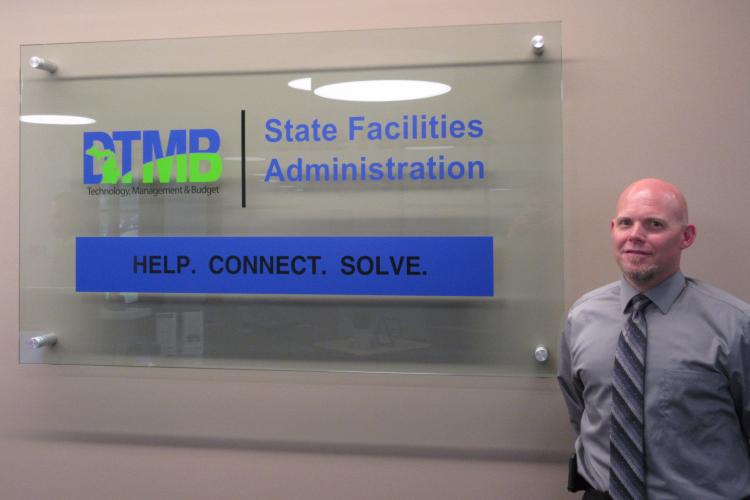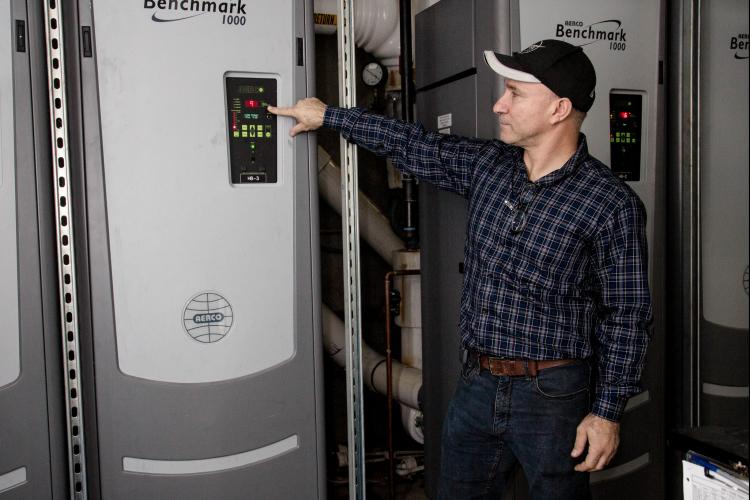BOC Graduate Highlight: Scott Davis, State of Michigan
Scott Davis is a Facility Supervisor for Michigan’s State Facilities Administration (SFA) Building Operations Division. He is responsible for multiple large facilities located at the State Secondary Complex in Dimondale, Michigan. The complex consists of 13 facilities totaling approximately 2.5 million square feet and includes diverse building types for the state police academy, research laboratories, office buildings, warehouses and maintenance garages.









